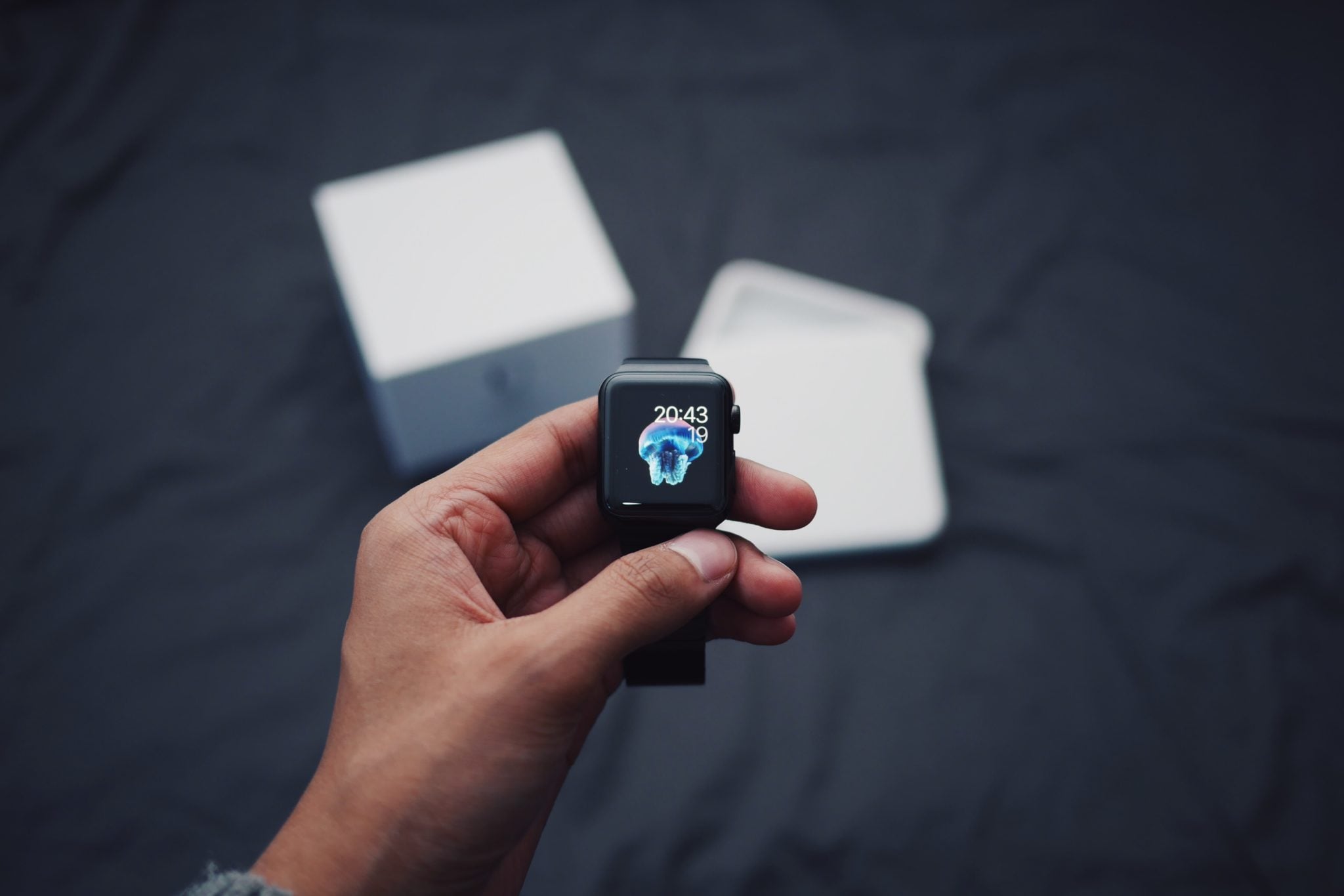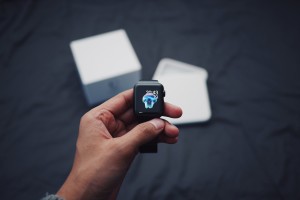The world of smartwatches continues to amaze and astound us, but with so many incredible new technological advancements it is difficult to get excited about any new announcements. But Samsung have managed to do something that even the most jaded technology buff can excited about!
Although the new Apple Watch is due to be announced any time now, this new Samsung smartwatch patent appears to raise the bar as to what a smartwatch can achieve. The one big problem that smartwatches have is the limited size of the screen. It would be difficult for a smartwatch to be as fully featured as a phone or tablet on such a tiny screen. Samsung’s new smartwatch patent attempts to solve this problem and if it succeeds it will be very exciting indeed.
The Projection Smartwatch Patent
The new patent which has been filed with the U.S. Patent and Trademark office by Samsung shows a wearable device which has an integrated projector. The projector is used to beam a virtual display onto the users hand or any other flat surface. The documents contained in the patent show a device which has a camera, a processor and a projector.
This idea is fascinating and it is not the first Samsung device to incorporate a projector. Back in 2012 Samsung released a smartphone called the “Samsung Beam” which had a projector built into the top of the device. This projector beamed whatever was onto the screen onto any flat surface, allowing people to beam pictures, videos or games onto a much larger surface than the screen of their phone.
The projector in this smartwatch patent is a lot more exciting than the projector on the Samsung Beam. One of the main reasons it is so exciting is that the projected display can be used to control the device itself. For example, a keypad could be projected onto your hand which would be a lot easier to use than the keypad on a small smartwatch screen.
As the Samsung smartwatch patent explains, “A wearable device typically has a smaller display screen than [those of] other terminal devices. Thus, accurately receiving touch input through a display screen or touch panel of a wearable device can be difficult because a user’s finger can be larger than a selection area on the screen, causing the user to accidentally select an incorrect icon or other displayed item.”
Conclusion
One of the biggest barriers in terms of bringing smartwatches to a bigger market is how difficult it can be to use the device on a smaller screen. Over time smartphones have become bigger in order to make it easier for people to use more and more complex features. Samsung need to be commended in their attempts to improve the experience of smartwatch users.
Of course, there is a long way to go until one of these devices actually hits the market. But if and when it does, it could herald in a whole new era for wearables.






